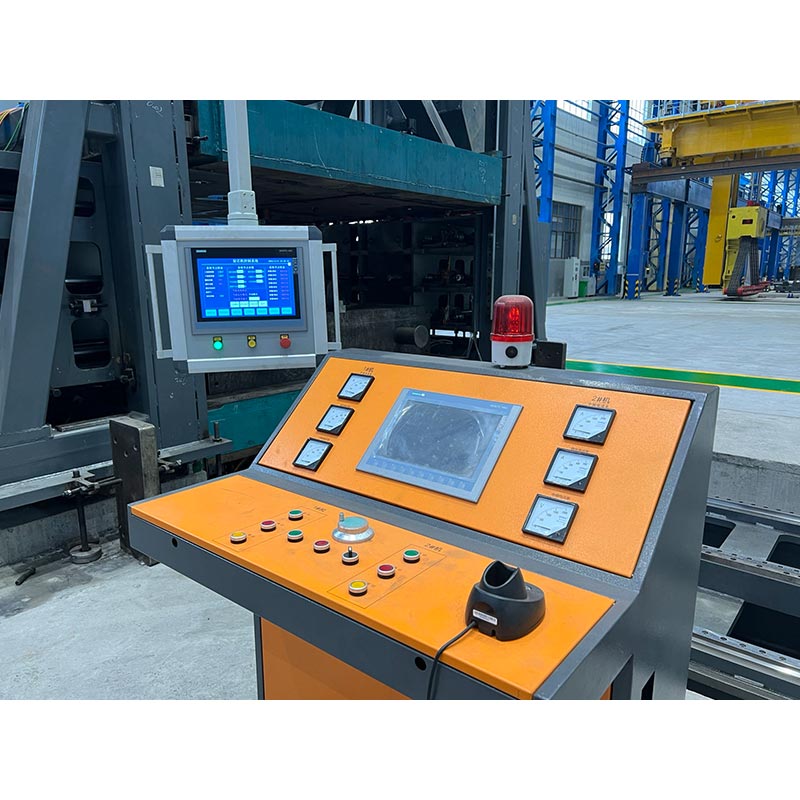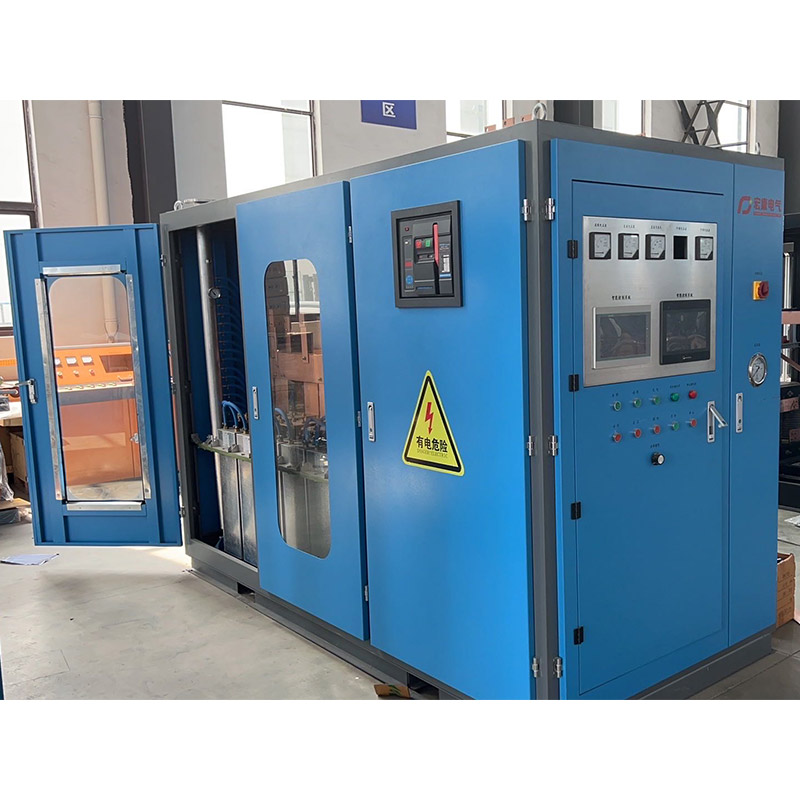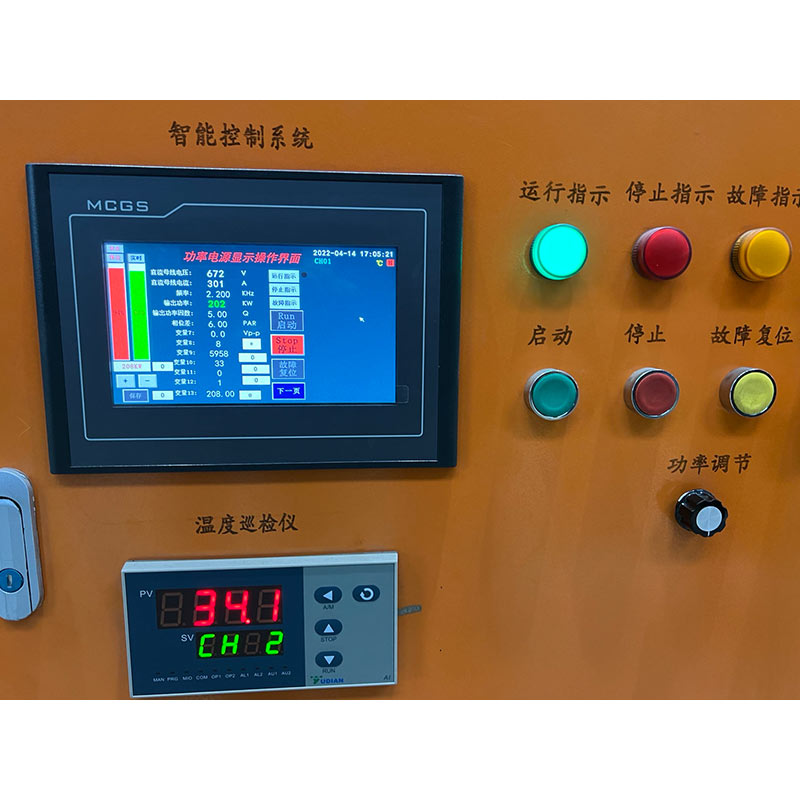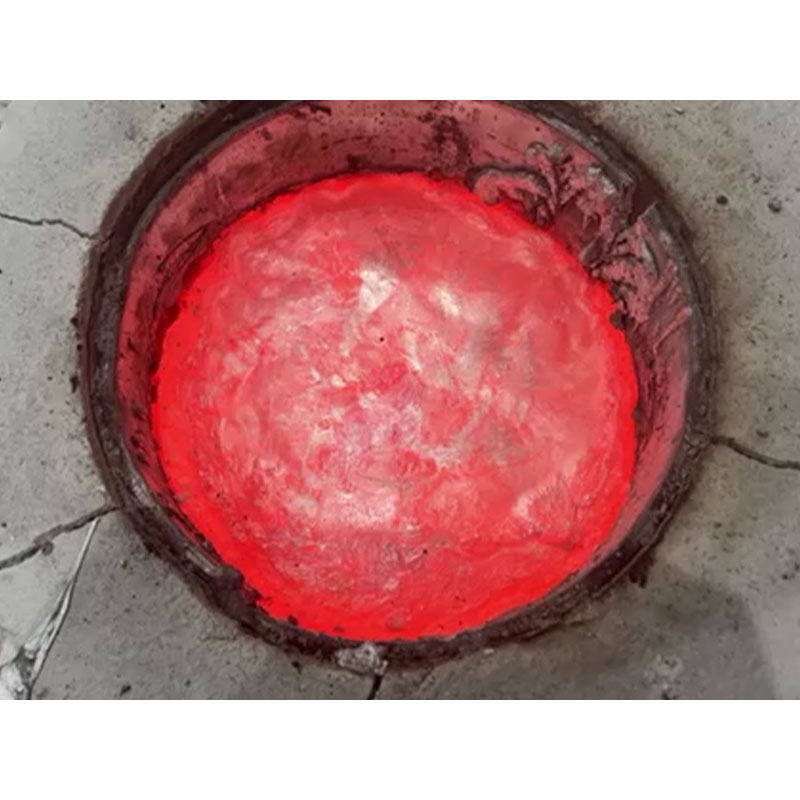Case Brief Introduction
Intelligent heat treatment in the context of a medium-frequency heating furnace involves the integration of advanced technologies and automation to optimize the heat treatment process. The goal is to enhance efficiency, precision, and control over the heat treatment parameters. Here are several aspects of intelligent heat treatment with a medium-frequency heating furnace:
-
Automated Temperature Control: Implement a sophisticated temperature control system that allows for precise regulation of the furnace temperature. This can be achieved through feedback loops and advanced control algorithms to maintain the desired temperature profile throughout the heat treatment process.
-
Closed-Loop Process Control: Utilize closed-loop control systems that continuously monitor and adjust key parameters such as power input, frequency, and heating time. This ensures that the heat treatment process remains within specified tolerances, improving consistency and repeatability.
-
Real-time Monitoring and Data Analytics: Integrate sensors and monitoring devices to collect real-time data on factors like temperature, power consumption, and material properties. Apply data analytics to gain insights into the performance of the furnace and identify opportunities for process optimization.
-
Machine Learning for Process Optimization: Employ machine learning algorithms to analyze historical data and optimize the heat treatment process parameters. This adaptive approach can help improve efficiency and reduce energy consumption over time.
-
Digital Twin Technology: Create a digital twin of the medium-frequency heating furnace. This virtual replica can be used for simulations, predictive maintenance, and optimizing heat treatment cycles before implementing changes in the physical furnace.
-
Energy Management: Implement energy management systems to optimize power consumption during the heat treatment process. This may involve adjusting power levels based on the specific requirements of different materials or components.
-
Remote Monitoring and Control: Enable remote monitoring and control capabilities, allowing operators to monitor the heat treatment process from a centralized location. This enhances flexibility and enables quick responses to any deviations from the desired parameters.
-
Predictive Maintenance: Utilize predictive maintenance techniques to anticipate and address potential issues before they lead to equipment failures. This can reduce unplanned downtime and extend the lifespan of the heating furnace.




